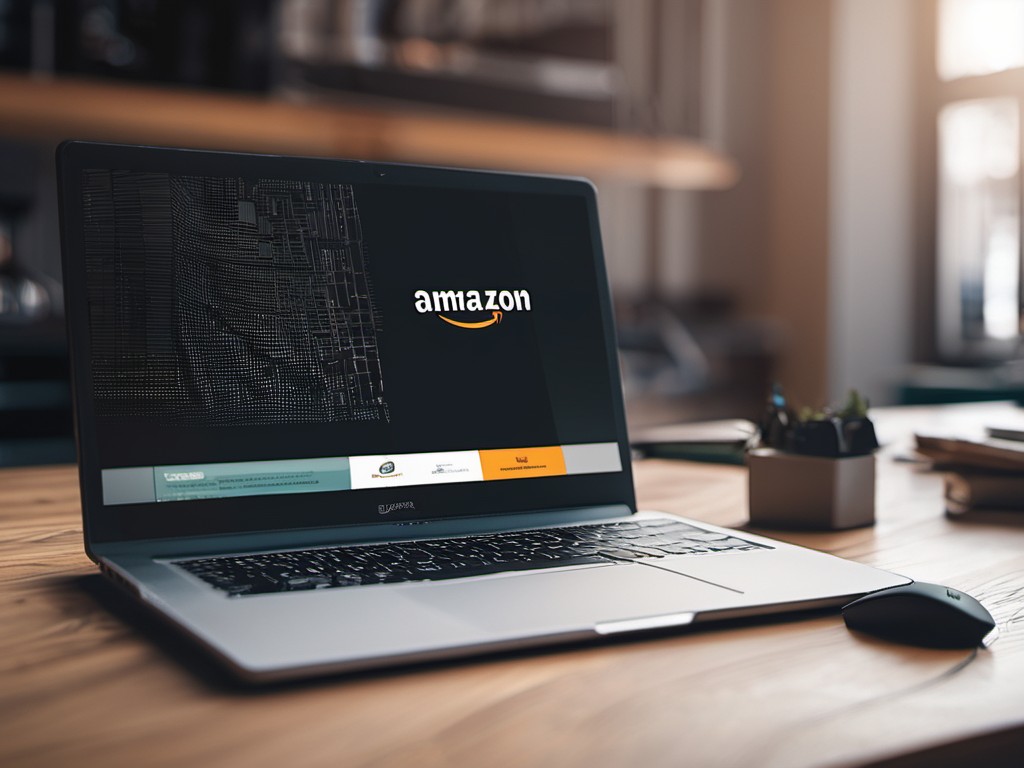· Charlotte Will · 6 min read
Amazon Scraping 101: Understanding the Basics of Amazon Web Scraping
Discover the essentials of Amazon web scraping in this comprehensive guide. Learn how to extract valuable product data, pricing trends, and market insights using practical tools like Beautiful Soup and Scrapy. Understand legal considerations, best practices, and step-by-step guides to maximize your competitive edge. Perfect for beginners and advanced users alike!

Welcome to the world of Amazon web scraping! Whether you’re an e-commerce entrepreneur looking to gain a competitive edge or a data analyst seeking valuable insights, understanding how to extract data from Amazon can be incredibly beneficial. In this comprehensive guide, we’ll cover everything you need to know about Amazon scraping—from its basics and importance to practical tools, legal considerations, and best practices. Let’s dive right in!
Introduction to Amazon Scraping
Amazon web scraping involves using software or scripts to collect data from Amazon’s website. This data can include product information, pricing, reviews, and more. But why is this practice so useful?
Why Is Amazon Scraping Useful?
- Competitive Analysis: Understanding what your competitors are doing can give you a significant advantage in the market. By scraping their product listings, prices, and reviews, you can stay one step ahead.
- Price Monitoring: Keeping track of price fluctuations is crucial for maintaining profitability. Scraped data can help you adjust your pricing strategies dynamically.
- Market Trends: Analyzing customer reviews and product ratings can provide valuable insights into market trends, helping you make informed business decisions.
- Product Research: If you’re planning to launch a new product, scraping relevant data can give you an idea of what works and what doesn’t in your niche.
Understanding How Amazon Scraping Works
Before we delve into the tools and techniques, let’s understand how Amazon scraping actually works.
The Basics of Web Scraping
- Sending a Request: A web scraper sends an HTTP request to the target website (Amazon) for specific pages or data.
- Fetching Data: The server responds with HTML code, which contains the desired data.
- Parsing Data: The scraper parses this HTML to extract the relevant information.
- Storing Data: Finally, the extracted data is stored in a readable format like CSV or JSON files.
Challenges of Amazon Scraping
- Dynamic Content: Amazon uses JavaScript to load content dynamically, making it more challenging to scrape.
- IP Blocking: If you send too many requests in a short time, Amazon might block your IP address.
- Legal Issues: Scraping must be done ethically and legally, respecting the target website’s terms of service.
Tools for Amazon Web Scraping
Now that we know the basics let’s explore some tools that can help you scrape data from Amazon effectively.
1. Beautiful Soup (Python)
Beautiful Soup is a Python library that’s great for web scraping beginners. It allows you to pull data out of HTML and XML files easily.
from bs4 import BeautifulSoup
import requests
url = 'https://www.amazon.com/dp/B095W7K3ZQ'
response = requests.get(url)
soup = BeautifulSoup(response.text, 'html.parser')
title = soup.find('span', class_='a-size-medium').get_text()
print(title)
2. Scrapy (Python)
Scrapy is a more advanced Python framework ideal for large-scale scraping projects. It handles complex requests and allows you to create spiders that can crawl entire websites.
import scrapy
class AmazonSpider(scrapy.Spider):
name = "amazon"
start_urls = ['https://www.amazon.com/dp/B095W7K3ZQ']
def parse(self, response):
title = response.css('span::text').get()
yield {'title': title}
3. Octoparse
Octoparse is a user-friendly web scraping tool that doesn’t require any coding knowledge. It uses a visual point-and-click interface to extract data from websites.
- Open Octoparse and enter the Amazon URL you want to scrape.
- Use the built-in tools to select the data fields you need.
- Set up extraction rules and run your task.
4. ParseHub
ParseHub is another visual web scraping tool that supports JavaScript rendering, making it perfect for dynamic content on Amazon.
- Download and install ParseHub.
- Enter the Amazon URL and select the data you want to extract.
- Configure your project settings and run the scraper.
Legal Considerations for Amazon Scraping
Before you start scraping, it’s crucial to understand the legal implications.
1. Terms of Service
Always read and comply with Amazon’s terms of service. Violating these terms can lead to your IP being blocked or even legal action.
2. Rate Limiting
Respect Amazon’s server load by implementing rate limits in your scraping scripts. This means not sending too many requests too quickly.
3. Data Storage and Use
Ensure that the data you collect is stored securely and used ethically, respecting privacy laws like GDPR.
Best Practices for Amazon Web Scraping
To get the most out of your web scraping efforts, follow these best practices:
1. Use Proxies
Rotating proxies can help you avoid IP blocking and access more data by distributing your requests across multiple servers.
2. Respect Robots.txt
Always check the website’s robots.txt file to see which pages are allowed to be scraped. It’s a legal requirement and shows good faith.
User-agent: *
Disallow: /gp/browse.html
3. Handle Dynamic Content
Amazon uses JavaScript to load data dynamically, so make sure your scraping tools can handle this (e.g., using Selenium or ParseHub).
4. Data Cleaning
Scraped data often comes with noise and irrelevant information. Use data cleaning techniques to filter out unwanted data and ensure accuracy.
Getting Started with Amazon Web Scraping
Ready to dive into the world of web scraping? Here’s a step-by-step guide to get you started:
Step 1: Define Your Objectives
Determine what data you need and how you plan to use it. Clear objectives will guide your scraping strategy.
Step 2: Choose the Right Tool
Select a web scraping tool based on your technical skills and project requirements.
Step 3: Set Up Your Scraper
Configure your chosen tool to extract the desired data fields from Amazon.
Step 4: Run and Monitor Your Scraper
Start your scraping task and monitor it for any issues. Adjust settings as needed.
Step 5: Clean and Analyze Data
Once you have your data, clean it up and analyze it to gain valuable insights.
Conclusion
Amazon web scraping is a powerful technique that can provide you with a wealth of actionable data. Whether you’re using advanced tools like Scrapy or user-friendly ones like Octoparse, always remember to follow best practices and legal considerations. By doing so, you can harness the power of Amazon data to gain a competitive edge in your market. Happy scraping!
FAQs
1. Is Amazon scraping legal?
Yes, but it depends on how you do it. Always respect Amazon’s terms of service and robots.txt files. Using proxies and implementing rate limits can also help you stay within legal boundaries.
2. What are the best tools for Amazon web scraping?
The best tool depends on your needs and technical skills. For beginners, Beautiful Soup (Python) or visual scrapers like Octoparse are great options. Advanced users might prefer Scrapy or Selenium.
3. How frequently should I update my scraped data?
The frequency of updates depends on your use case and the volatility of the data. For price monitoring, daily updates might be necessary. For market trends, weekly or monthly updates could suffice.
4. Can I get banned for web scraping Amazon?
Yes, if you violate Amazon’s terms of service or overload their servers with too many requests in a short time. Using proxies and respecting rate limits can help minimize this risk.
5. How can I ensure the accuracy of my scraped data?
Data cleaning techniques like removing duplicates, handling missing values, and verifying data consistency can significantly improve the accuracy of your scraped data.




